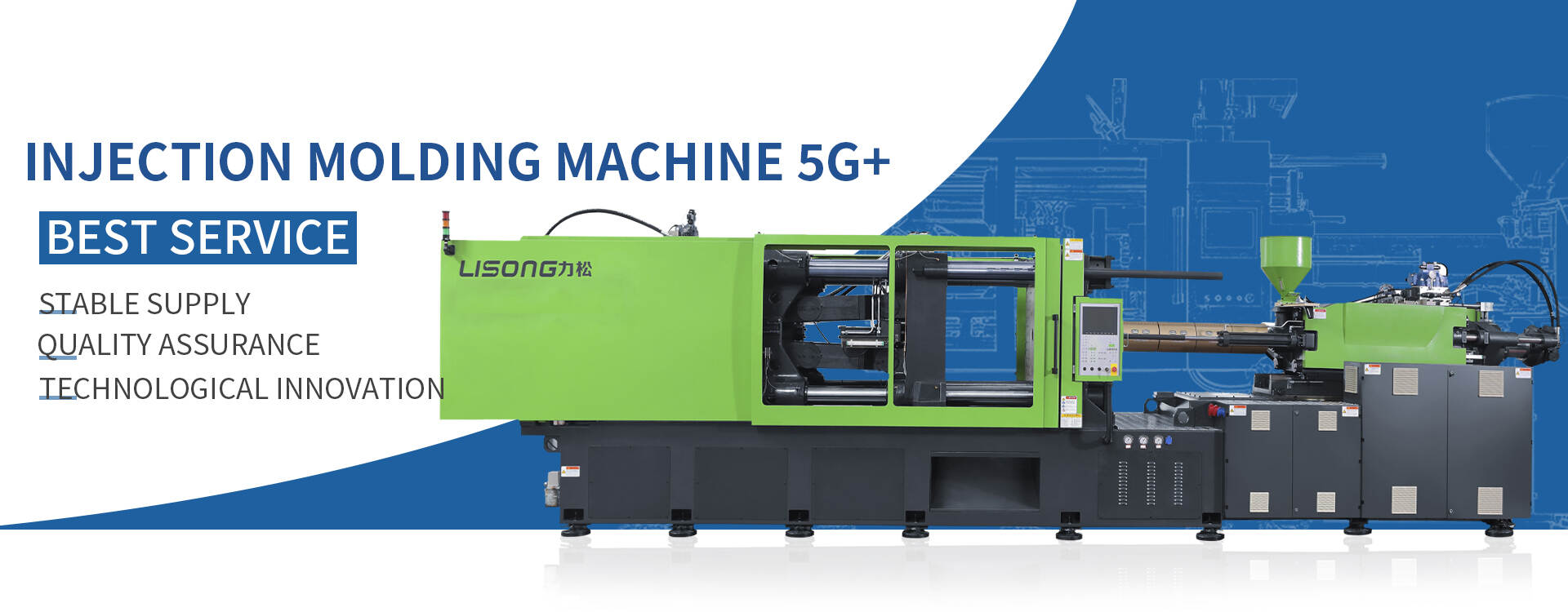Email format error
Email cannot be empty
Email already exists
6-20 characters(letters plus numbers only)
The password is inconsistent
Email format error
Email cannot be empty
Email does not exist
6-20 characters(letters plus numbers only)
The password is inconsistent

Plastic Injection Moulding Machine Manufacturer
Latest Blog

Mastering Injection Mold Machines: A Guide to Efficiency and Excellence
Introduction
In the realm of manufacturing, injection mold machines stand as stalwart guardians of efficiency and precision. These marvels of engineering have revolutionized the production of plastic products, from intricate components to everyday items like plastic baskets. Understanding the basics of injection molding technology and implementing strategies for optimizing production efficiency are crucial for manufacturers aiming to stay competitive in today's market.
I. Introduction to Injection Mold Machines
Understanding Injection Molding Technology
Injection molding is a manufacturing process wherein molten material, typically plastic, is injected into a mold cavity. The material then cools and solidifies, taking on the shape of the mold cavity. Injection mold machines consist of several key components, including the hopper, barrel, screw or plunger, heating unit, and clamping unit. These machines operate on the principle of high pressure and temperature, ensuring the proper flow and distribution of the molten material within the mold.
Importance in Manufacturing Plastic Products
The versatility and flexibility offered by injection molding machines make them indispensable in the production of plastic products. Whether it's intricate designs or large-scale production runs, injection molding can accommodate a wide range of requirements. Moreover, the cost-effectiveness of injection molding, particularly in mass production scenarios, makes it a preferred choice for manufacturers looking to optimize their production processes. The consistency and quality of output further enhance the appeal of injection mold machines, ensuring that each product meets stringent standards of durability and performance.
II. Optimizing Production Efficiency with Injection Mold Machines
Efficiency is the cornerstone of successful manufacturing operations, and optimizing production processes with injection mold machines is crucial for staying competitive in today's market. In this section, we will delve deeper into various strategies and best practices for maximizing production efficiency with injection mold machines.
Maintenance Tips for Injection Mold Machines
Regular maintenance is essential for ensuring the smooth operation of injection mold machines and minimizing the risk of unexpected downtime. Here are some key maintenance tips:
1. Routine Inspections: Schedule regular inspections of the machine components, including the barrel, screw, heating unit, and hydraulic system. Look for signs of wear and tear, corrosion, or damage that could affect performance.
2. Cleaning Procedures: Keep the machine clean by removing any residue or debris that may accumulate during operation. This helps prevent contamination of the molten material and ensures consistent quality in the final product.
3. Lubrication: Proper lubrication of moving parts is crucial for reducing friction and extending the lifespan of critical components. Use lubricants recommended by the manufacturer and follow the recommended maintenance schedule.
4. Troubleshooting: Train operators to identify and address common issues such as nozzle blockages, overheating, or pressure fluctuations. Having a proactive approach to troubleshooting can prevent minor problems from escalating into major disruptions.
Process Optimization Strategies
Optimizing the injection molding process involves fine-tuning various parameters to achieve the desired outcome efficiently. Here are some strategies for process optimization:
1. Material Selection and Preparation: Choose high-quality raw materials that are suitable for the intended application and processing conditions. Properly prepare the material by drying it to the recommended moisture content and ensuring consistent feed rates.
2. Mold Design and Configuration: Invest in well-designed molds that are optimized for efficiency, durability, and ease of use. Consider factors such as part geometry, cooling channels, and ejection mechanisms to minimize cycle times and maximize production throughput.
3. Temperature, Pressure, and Cycle Time Optimization: Experiment with different temperature and pressure settings to find the optimal parameters for each material and product. Reduce cycle times by optimizing cooling strategies, such as using rapid cooling techniques or advanced mold materials.
Automation for Streamlined Operations
Automation holds the key to unlocking new levels of efficiency and productivity in injection molding operations. Here's how automation can streamline operations:
1. Automated Material Handling: Use automated systems to transport and prepare raw materials, reducing manual labor and minimizing material waste.
2. Robotic Part Removal: Implement robotic arms or end-of-arm tooling to automate the removal and handling of finished parts, reducing cycle times and improving consistency.
3. Real-Time Monitoring and Control: Install sensors and monitoring systems to track key performance indicators such as temperature, pressure, and cycle times. Use data analytics and machine learning algorithms to optimize process parameters in real time and identify opportunities for improvement.
By implementing these maintenance tips, process optimization strategies, and automation technologies, manufacturers can maximize production efficiency with injection mold machines, reduce costs, and stay ahead of the competition in today's fast-paced manufacturing landscape.
III. Conclusion
Mastering the art of injection molding machines is a journey that requires a deep understanding of the underlying technology and a commitment to continuous improvement. By embracing the principles of efficiency and excellence, manufacturers can unlock the full potential of injection molding technology and stay ahead of the competition. With the right strategies and best practices in place, injection mold machines can pave the way for innovation, sustainability, and success in the world of manufacturing.
In conclusion, injection mold machines represent the pinnacle of efficiency and precision in plastic product manufacturing. By understanding the fundamentals of injection molding technology and implementing strategies for optimizing production efficiency, manufacturers can unlock new levels of productivity and competitiveness. With continuous innovation and a commitment to excellence, the future of injection mold machines looks brighter than ever before.

